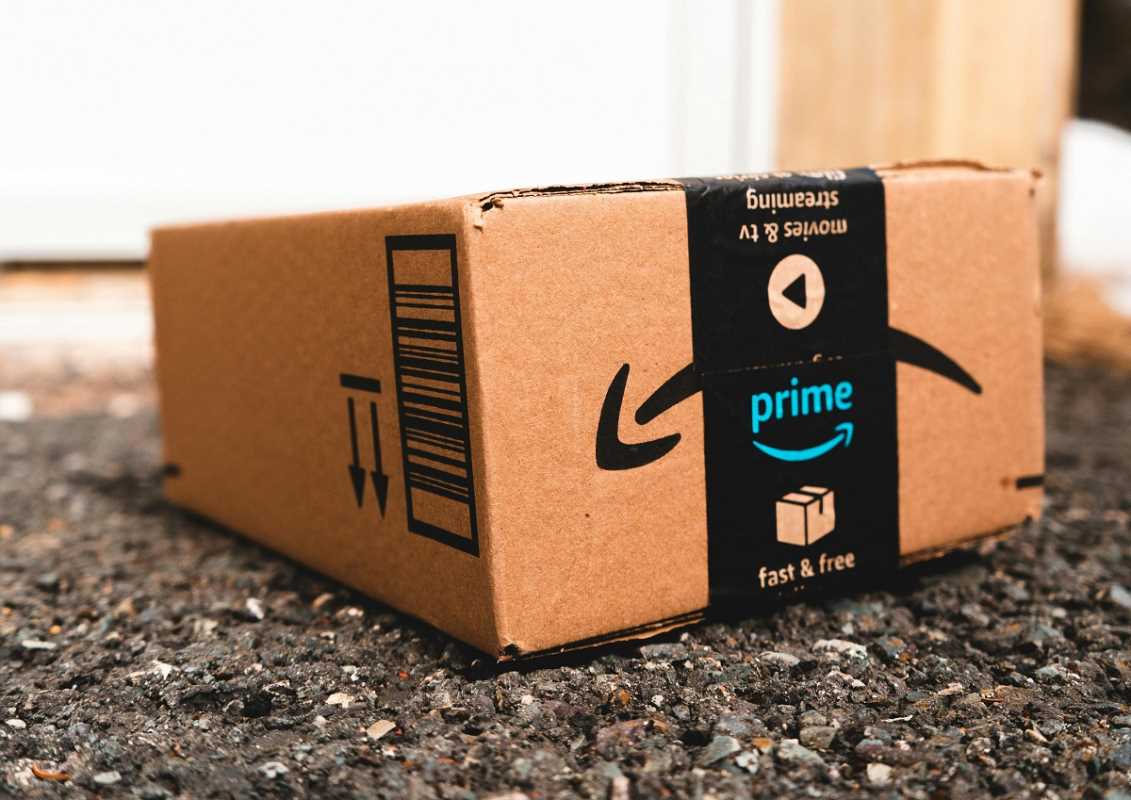When you’re planning a big purchase, like holiday gifts, furniture, or high-ticket electronics, finding a payment method that fits your budget can feel like a balancing act. While credit cards and financing plans are popular options, layaway programs are another solution worth considering. They allow you to reserve an item and pay for it over time before taking it home.
Layaway programs have been around for decades, offering a way to make big purchases manageable without incurring debt. However, like any financial tool, they come with both benefits and downsides. This article breaks down how layaway works, the pros and cons, and what to keep in mind before deciding if it’s the right option for you.
What Is a Layaway Program?
A layaway program is a payment plan that lets you secure an item by paying for it in installments over time. Unlike buying on credit, you don’t take the item home until you've paid for it in full. For this reason, layaway programs are a debt-free payment alternative. They’re typically offered by retailers for larger purchases like appliances, toys, or seasonal items during the holidays.
Here’s how it generally works:
- Choose Your Item: You select the product you want to purchase and notify the retailer you'd like to use their layaway program.
- Make a Down Payment: Layaway plans often require an upfront deposit, typically a percentage of the total price, to reserve the item.
- Create a Payment Plan: You’ll work with the retailer to arrange regular payments over a set period, usually weeks or months.
- Item Pick-Up: Once you complete all payments, you can take the item home.
Some retailers charge small service fees to cover administrative costs. Be mindful of policies regarding cancellations, as there may also be a penalty fee if you change your mind or fail to complete payments.
Pros of Using Layaway Programs
Layaway can be a useful tool, particularly for people who want to avoid the pitfalls of debt or who don’t qualify for traditional financing options. Here are the main advantages of using layaway programs:
1. No Interest Charges
Unlike credit cards or loans, layaway programs don’t charge interest. This means the price of the item stays the same, and you won’t pay extra for spreading payments over time.
2. Encourages Budgeting
With layaway, you’re committing to regular payments that fit within your budget. This structured system promotes saving and planning, helping you build the discipline to pay off purchases responsibly.
3. Debt-Free Shopping
Because layaway doesn’t involve borrowing money, you don’t have to worry about adding to your credit card balance or affecting your credit score. This approach allows you to purchase items without the financial stress of accumulating debt.
4. Access to High-Value Items
Layaway can make expensive items accessible to people who might not have enough cash on hand at the moment. For example, families shopping for holiday gifts often turn to layaway programs to spread costs over several months.
5. Secures the Item
If an item is in high demand or part of a seasonal promotion, layaway allows you to reserve it before it sells out, giving you peace of mind.
6. Great for Holiday Shopping
Many retailers bring back layaway options during the holidays, helping customers manage the financial pressures of gift-buying without relying on credit.
Cons of Using Layaway Programs
While layaway offers significant benefits, there are some drawbacks to consider. Understanding these will help you make an informed choice.
1. Additional Fees
Most layaway programs include a service fee, which can range from $5–$20. Some also charge cancellation fees if you decide not to complete the plan. These fees might make the program less economical for smaller purchases.
2. No Immediate Ownership
Unlike other payment methods, you won’t have access to the item until the full payment is made. If you need the product sooner, layaway might not be the best fit.
3. Risk of Defaulting
If you miss payments or decide to cancel, you may lose both the item and any money already paid due to non-refundable fees. Be aware of the program’s terms before committing.
4. Limited Availability
Not all retailers offer layaway programs. While many major stores promote layaway seasonally, your options may be limited during other parts of the year.
5. Lack of Flexibility
Layaway policies can be rigid. Unlike credit cards, which allow you to adjust your monthly payments as needed, layaway plans involve fixed amounts on specific due dates.
Retailers Offering Layaway Programs
If you’re interested in using layaway, here are some prominent retailers that offer these programs. Keep in mind that availability may vary depending on the store location and time of year.
1. Walmart
Walmart’s layaway program is typically offered during the holiday season. It’s great for toys, electronics, and jewelry, with no interest fees.
- Down Payment: $10 or 10% of the item’s price.
- Eligible Items: Items must cost $10 or more, and the total purchase must be at least $50.
- Fees: No service fee, but a $10 cancellation fee may apply.
2. Burlington Stores
Burlington offers layaway year-round. It’s especially popular for clothing and home goods.
- Down Payment: 20% of the purchase price or $10, whichever is greater.
- Fees: $5 service fee and $10 cancellation fee.
3. Kmart/Sears
Sister companies Kmart and Sears feature layaway programs for appliances, tools, clothing, toys, and more.
- Down Payment: $10 or 10% of the total cost.
- Fees: $5 service fee for in-store layaway; $10 for online layaway. Cancellation fees range between $10–$15.
4. Jewelry Stores
Many jewelry retailers like Zales and Kay Jewelers offer layaway programs, making it easier to buy high-value items like engagement rings or watches.
- Policies vary by store, so it’s best to ask for details on fees and payment schedules.
Practical Tips for Using Layaway Programs
To make the most of a layaway program, follow these simple tips:
- Understand the Terms: Before committing, read the fine print on service fees, cancellation policies, and payment schedules.
- Budget Wisely: Ensure the payment plan fits comfortably within your budget. Missing a payment could mean losing the item and part of your deposit.
- Stick to Needs, Not Wants: Use layaway for high-priority purchases instead of impulse buys.
- Keep Receipts: Always retain copies of your payment receipts to avoid disputes with the retailer.
- Compare Alternatives: Consider other payment methods, such as saving up for the item or using a no-interest credit card, to see if layaway truly offers the best value.

.jpg)





